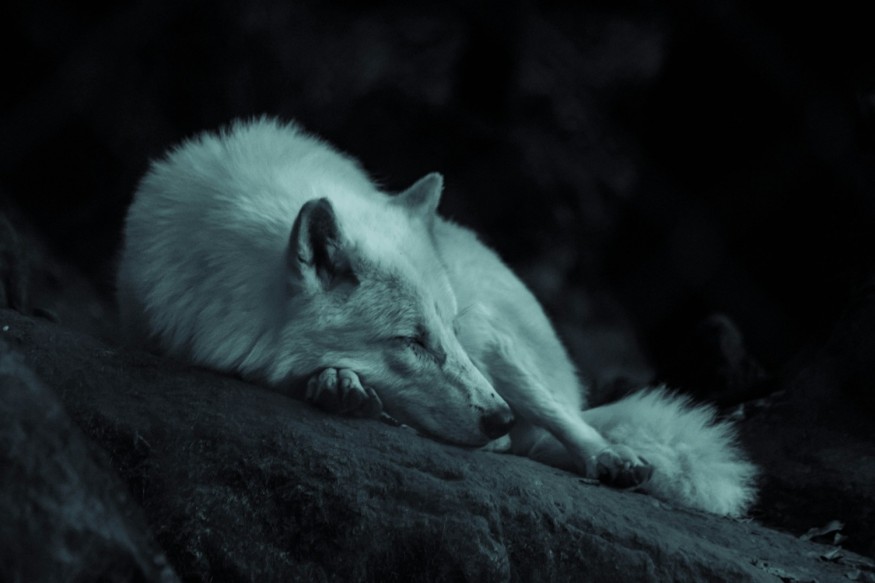Ancient pathogens such as viruses and bacteria have existed since time memorial following the formation of Earth over 4.5 billion years ago. Even after the rise of living organisms through evolution, pathogens have survived into contemporary times. Aside from infecting complex lifeforms, including mammals and other animals, some of these microorganisms survived through freezing temperatures.
Recently, scientists at North-Eastern Federal University in Yakutsk, Russia, discovered a 44,000-year-old Siberian wolf preserved in thick permafrost. The specimen also has an intact stomach, which may contain remnants of its last meal. Because of the quality of the mummified wolf, the researchers are studying the wolf remains with the hope of understanding its genetics and finding potential ancient pathogens.
Ancient Pathogens Threat

Ancient pathogens coming out from ice and cause an apocalyptic event on Earth may seem a story out of science fiction and Hollywood movies. However, this idea is no longer a possibility but is already a proven fact. Since the onset of the 21st century, ancient bacteria and other pathogens have been revived after being frozen for thousands of years in permafrost, glaciers, and ice caps.
The melting or thawing of ice, which can release these pathogens, has posed a concern among the scientific community in recent years. Scientists explain that the immune systems of humans and animals in modern times may not be equipped to fend off pathogens that lived for millions or thousands of years ago. This means an infectious pathogenic outbreak never seen before for the past 300,000 years may occur.
Mummified Wolf Discovered in Russia
On Monday, July 1, reports of scientists discovering a 44,000-year-old mummified wolf preserved in permafrost in eastern Russia came into light. Led by the North-Eastern Federal University, the ongoing study examines the body of a Siberian wolf along with its preserved stomach. Through this, researchers are hoping to determine the lifestyle and diet of the long-deceased wild animal.
Particularly, ancient viruses or ancient bacteria can be found inside the guts of the mummified wolf, also called the Yakutia wolf in the region. So far, no contamination has been reported following the recent discovery.
What is the Deadly Virus Hidden in Ice?
Over the last decade, scientists have found a myriad of fossils or remains of animals preserved in ice, which potentially contain ancient viruses and bacteria. In 2014, evolutionary biologists unearthed a giant virus locked inside a 30,000-year-old ice in Siberia, Russia. Their findings were published in the journal Nature, which revealed that the revive giant virus was larger than some bacteria.
Earlier in 2024, a study led by Aarhus University in Denmark also discovered giant viruses, but this time they were found in the dark ice and red snow of Greenland. Scientists announced their discovery of the ancient pathogens on the Greenland ice sheet in the journal Microbiome on May 17.
© 2025 NatureWorldNews.com All rights reserved. Do not reproduce without permission.






